Introduction
Artificial intelligence technologies have moved quickly from basic content generators to more advanced systems that display autonomy, reasoning, and goal-oriented behavior. Recently, a distinction has emerged between traditional Generative AI and what's now called 'Agentic' Generative AI. Recognizing this difference is key to leveraging contemporary AI's full potential for business innovation and operational automation.
Traditional Generative AI: Focused on Output, Limited in Initiative
Traditional Generative AI systems use trained machine learning models to create new content—such as text, images, or music—based on patterns found in large datasets. These systems excel at generating responses or artifacts when provided with a prompt but lack ongoing initiative or the ability to autonomously pursue complex objectives.
- Strengths: Rapid content production, high accuracy with known tasks, and support for creative tasks like writing and image synthesis.
- Limitations: Capable of answering queries or producing content only when directly asked; cannot plan, adapt strategies, or act outside of pre-defined requests.
Agentic Generative AI: Moving Toward Autonomous Capabilities
Agentic Generative AI introduces a paradigm shift. These AI systems go beyond reacting to instructions—they can break down complex goals into sub-tasks, make decisions, retrieve relevant information, and adjust their approach based on new information. Agentic GenAI is not only generative but also proactive and persistent, much like a digital assistant capable of managing projects rather than just replying to emails.
- Can set intermediate objectives and adapt workflows to reach broader goals.
- Interacts with different tools, APIs, or databases to collect information and automate actions.
- Learns from feedback loops to improve over time, adjusting strategies dynamically.

Comparison Table: Traditional GenAI vs. Agentic GenAI
| Aspect | Traditional Generative AI | Agentic Generative AI |
|---|---|---|
| Primary Function | Creates content on request | Achieves goals through autonomous action |
| Initiative | Passive; only acts when prompted | Active; can take steps independently |
| Task Complexity | Handles single-turn or simple tasks | Handles multi-step or complex workflows |
| Adaptability | Static; follows input directly | Dynamic; adapts based on outcomes |
| Interaction Scope | Limited to generating within the model | Integrates with tools, APIs, and external resources |
Implications for Business and Technology
The rise of agentic Generative AI opens the door to transformative automation. For example, instead of using an AI solely to generate a report, organizations can deploy an agentic system that compiles data, analyzes results, seeks clarification if needed, and schedules meetings—all without direct supervision. This unlocks higher efficiency and error reduction in complex processes.
Choosing Between Traditional and Agentic GenAI
Consider these scenarios to determine which AI class is better suited for your needs:
- Content needs: For tasks like drafting emails, summaries, or creative assets, traditional GenAI provides efficient results.
- Automation complexity: For end-to-end processes, like onboarding new employees or orchestrating multi-tool workflows, agentic AI delivers greater autonomy and value.
- Adaptability required: Use agentic AI when tasks may require conditional logic, iterative improvement, or real-time decision making.
Conclusion
The shift from traditional Generative AI to agentic models represents a leap toward intelligent automation and digital transformation. Organizations that identify and deploy the right AI capabilities will be better positioned to thrive in a rapidly evolving technological landscape.